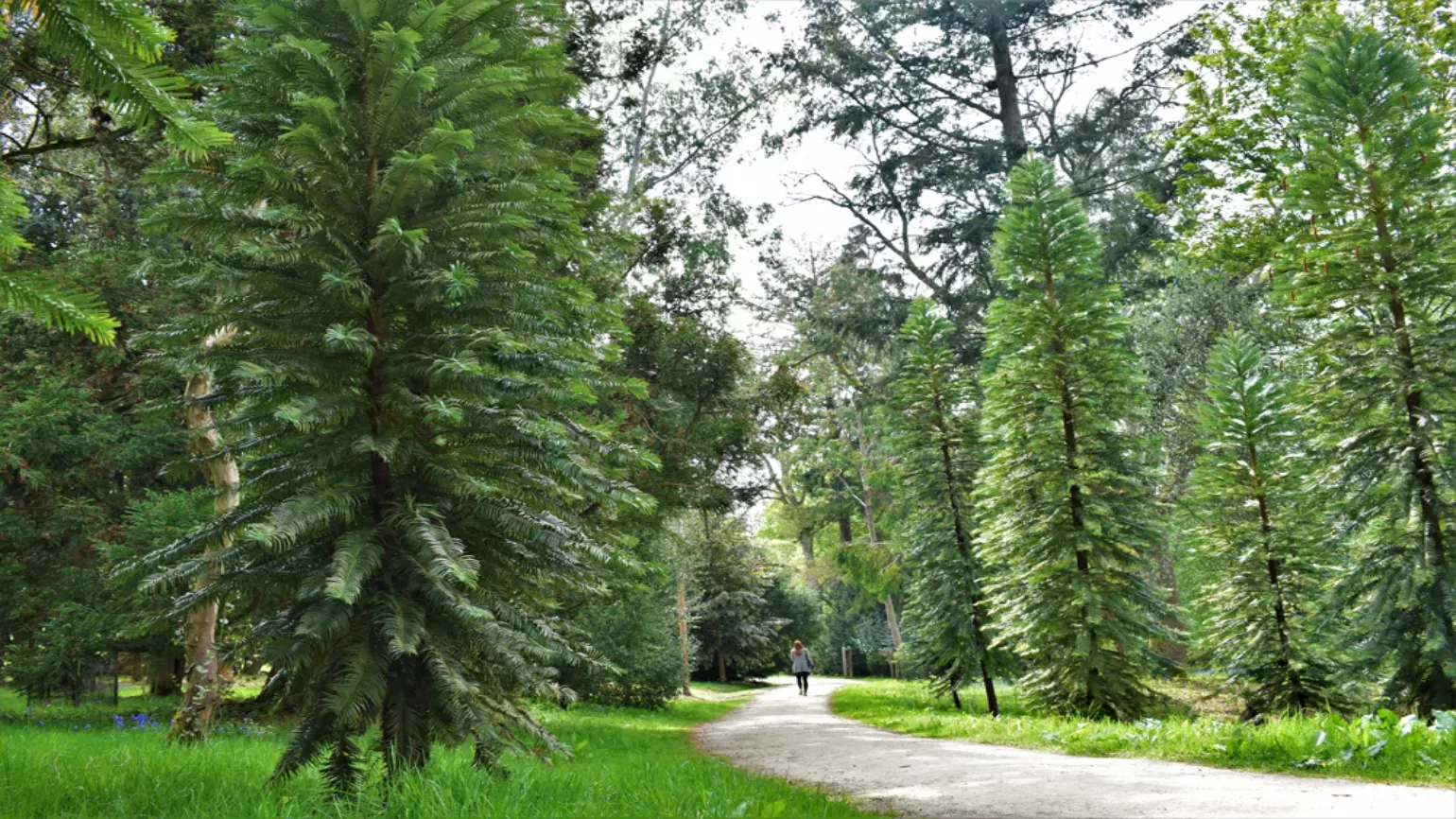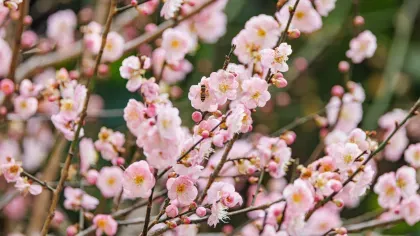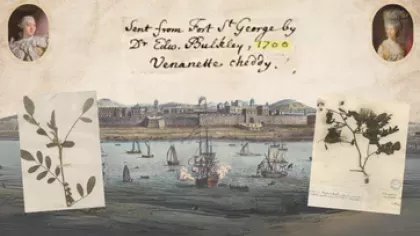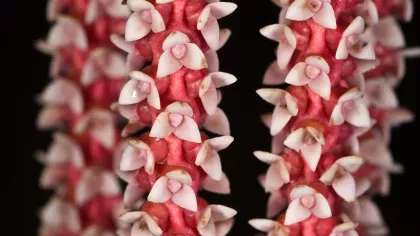25 January 2021
5 hidden spots at Wakehurst
Visit these hidden areas at Wakehurst, from our blooming Winter Garden to the serene Westwood Lake.

Step off the beaten track and explore hidden gems at Wakehurst.
There's plenty to see even in the coldest months. From wildlife in the Loder Valley Nature Reserve to majestic wollemi pines, brighten up your walk and discover a new area of the gardens.
1. Westwood Valley
A calming place to blow the cobwebs away, this area of Wakehurst represents the landscape of the eastern Himalaya below the tree-line.
Walk down a steep ravine, where trees like limes, magnolia, rhododendrons, maples and birches thrive. Enjoy sweeping views across the Loder Valley Nature Reserve.
The path will lead you to a peaceful lake at the bottom of the valley. Keep an eye out for wading birds like grey herons.

2. The Winter Garden
Our serene Winter Garden comes alive in the coldest months of the year.
Enjoy the colours of delicate crocus and bold heather (Calluna), and smell the rich scents of witch hazel (Hamamelis).
Red blocks of dogwood (Cornus) create texture and colour alongside soft, feather-like Calamagrostis and hellebores (Helleborus).
Highlights include snowdrops (Galanthus) which flower under the trees. Mid-February is the best time to see them.
Find out the best plants to plant in your own garden this winter

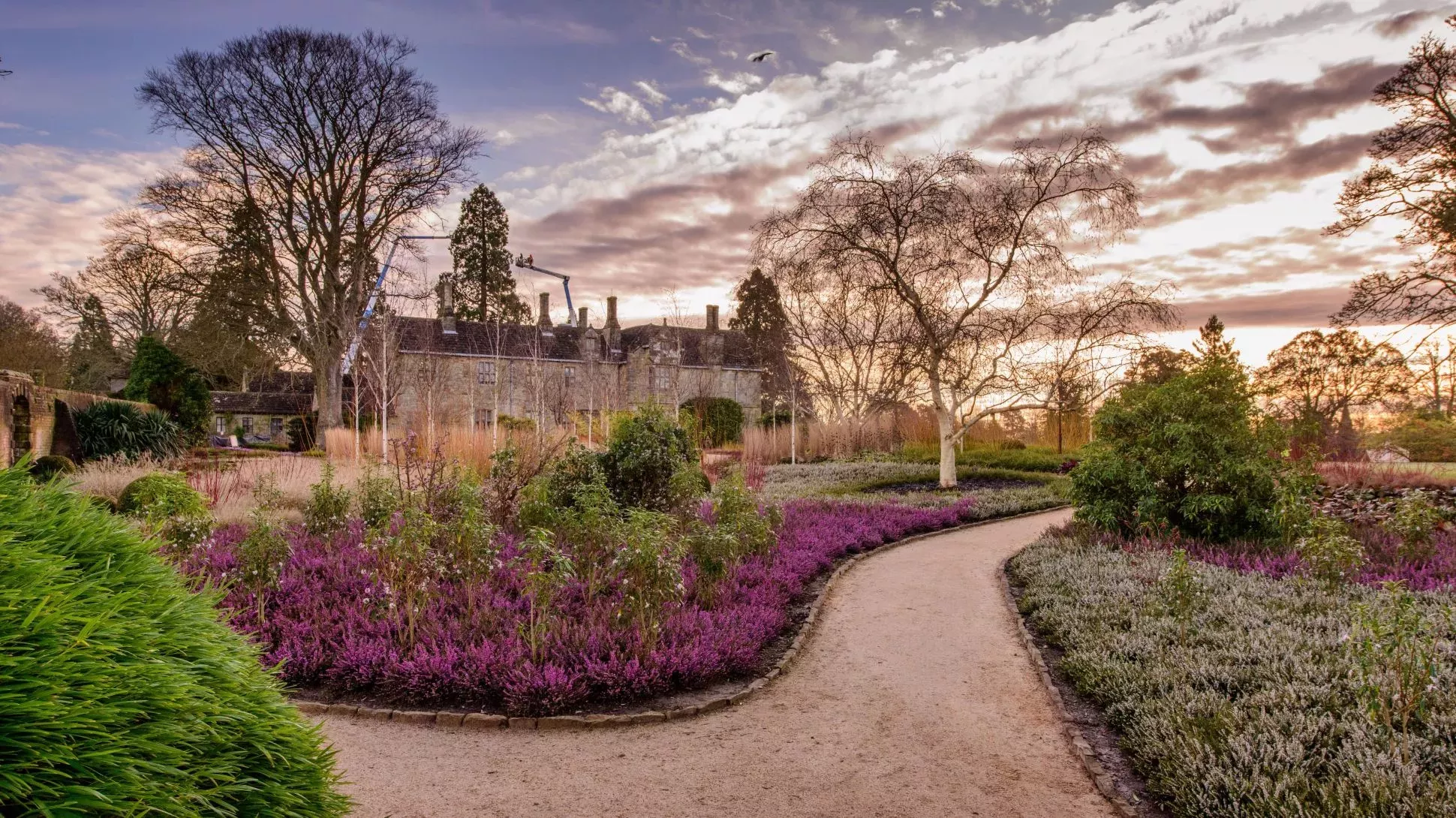
3. Bethlehem Wood
Explore Bethlehem Wood and see one of Britain's finest national collections of birches, which look particularly striking in winter sunlight.
Birch trees have light, open canopies which encourage mosses and grasses to grow on the woodland floor.
The trees provide habitats for wildlife. The caterpillars of moths, including the buff tip and Kentish glory moth, like to eat the leaves.
Woodpeckers nest in the trunks, and in the spring time the catkins of birch trees like the silver birch (Betula pendula) provide food for birds.
The peeling bark makes a great photography subject. Practice your nature photography using our tips and tricks.


4. Loder Valley Nature Reserve
See what nature you can see in our peaceful reserve, which consists of different habitats including wetlands, meadows and woodland.
Take a trail that leads you around the Ardingly Reservoir, passing through woodland and meadows.
You will pass a specially-built sand bank that attracts breeding kingfishers.
The birds excavate nest burrows in sandy banks during breeding season, which usually starts in March. This is when the birds are busiest, but you can see them all year round.
Kingfishers hunt for fish from perches by the waterside. Keep an eye out for flashes of their distinctive blue feathers as they fly low across the water.
Winter highlights in the Loder Valley
- Look out for tiny, bud-like flowers on the hazel tree (Corylus avellana).
- Bluebell leaves are starting to push their way through the leaf litter, a sign that spring isn't far away.
-
Listen for the drumming sound of greater spotted woodpeckers marking their territory. You can also hear great tits, blackbirds and thrushes.
-
Roe deer search out patches of bramble as the fresh shoots are highly nutritious. Animal tracks can easily be spotted on muddy paths and in light coverings of snow.

5. Wollemi pines
Although lots of our trees are still bare, there is still green foliage to be found in our evergreen collection. Take a walk through Coates Wood and meet our Wollemi pines (Wollemia nobilis).
Sometimes called 'living fossils', they were thought to be extinct for 2 million years. In 1994, they were discovered by scientists in the Australian Blue Mountains.
These were the last remaining plants of a species that once formed huge forests across Australia, New Zealand and Antarctica when dinosaurs roamed the Earth.
Coates Wood is home to 15 of the first ever Wollemi pines introduced to the UK. They're thriving in their new home and some have grown to over 8m in height.
Visit Wakehurst this winter to explore landscapes from around the world, in the heart of the Sussex countryside.
